RFID Gate Opener System Convenient, Secure, And Efficient Solution
539RFID Gate Opener System offering convenient, secure, and efficient solution for wide range of applications
MoreAll RFID Product
When you first get a USB UHF RFID reader, you might focus only on the advertised “50 tags/s” speed—only to find it struggles to reach 30 tags/s on the factory floor, requiring you to experiment yourself.
A USB UHF RFID reader sounds like it should be “plug and play,” but in reality, there are always unexpected hurdles: insufficient power, interference overload, or incorrect antenna orientation. This article combines vendor data with my own hands-on experience in both warehouses and labs.
Desktop Readers: Compact and USB-powered, marketed as “no external power required.” Ideal for desktop testing and tag initialization, but limited housing heat dissipation may cause throttling during prolonged full-power operation.
Portable Readers: Offer USB and sometimes Bluetooth/wireless connectivity for mobile testing, but require additional battery management, and stability is lower compared to fixed devices.
Industrial Readers: Usually rack-mounted or housed in metal, strong anti-interference capabilities, suitable for large-scale continuous reading. Volume and price start much higher.
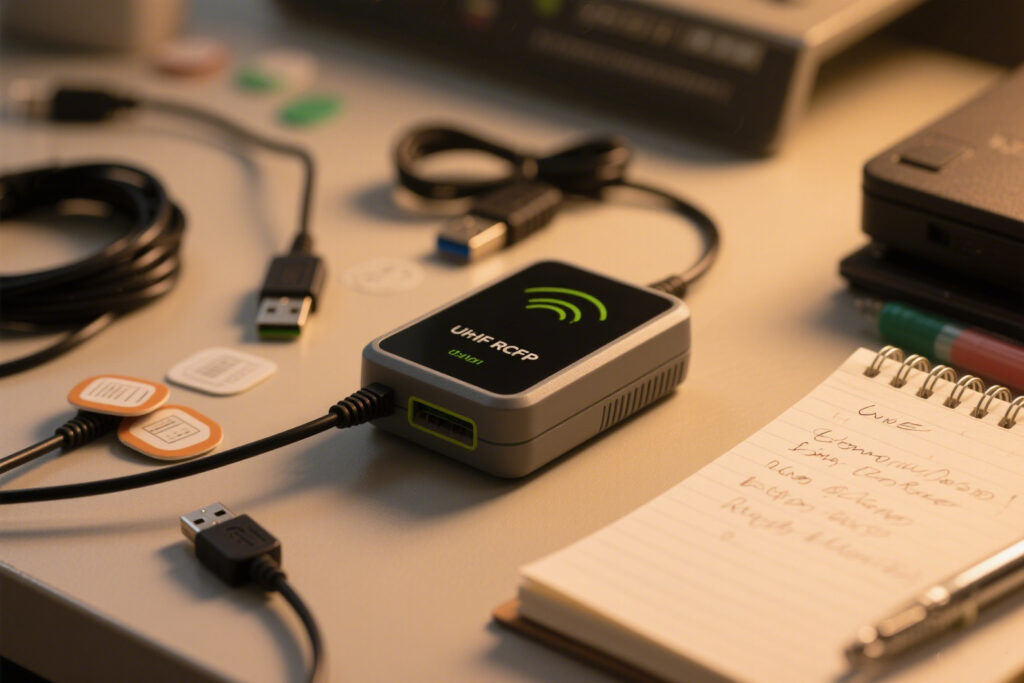
Takeaway: Table specs are just a starting point—environmental noise, tag orientation, and antenna placement are all critical.
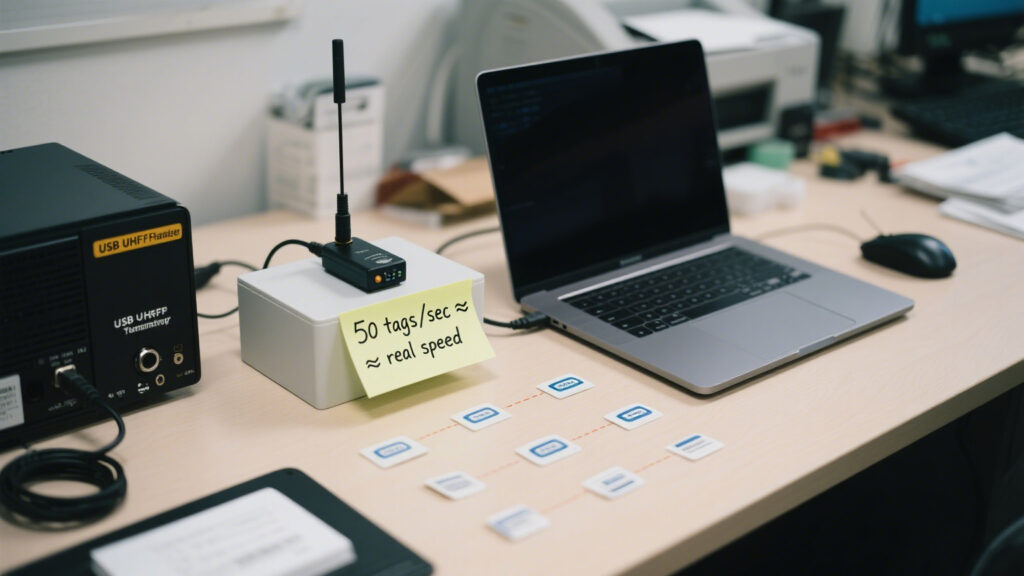
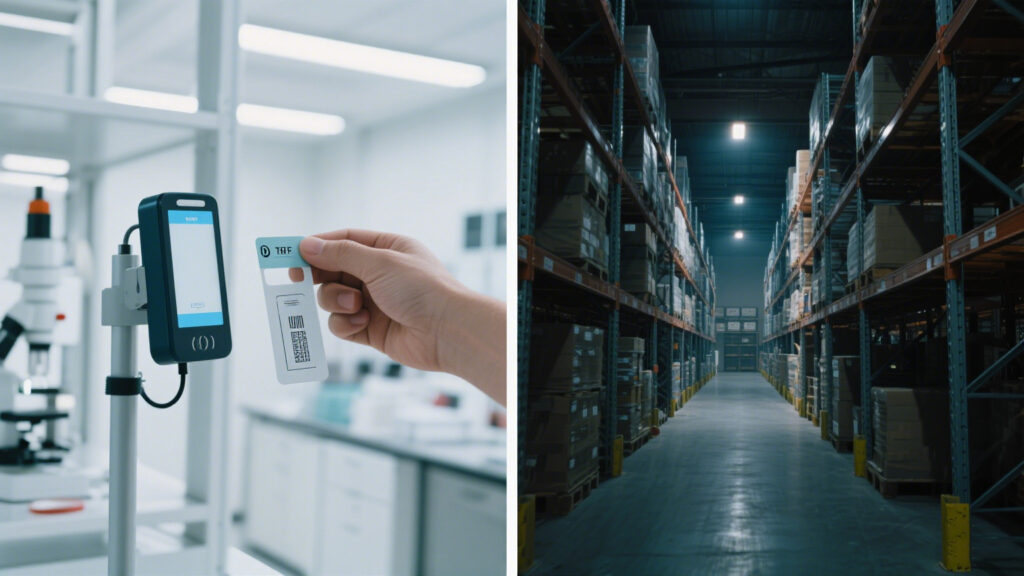
Acknowledging Limits:
USB readers are convenient, but antenna tuning and power adjustment make them less “plug and play.” High theoretical performance is rarely achieved—stable 20 tags/s onsite is often satisfying. Even with hardware knowledge, I still needed IT help for driver installation.
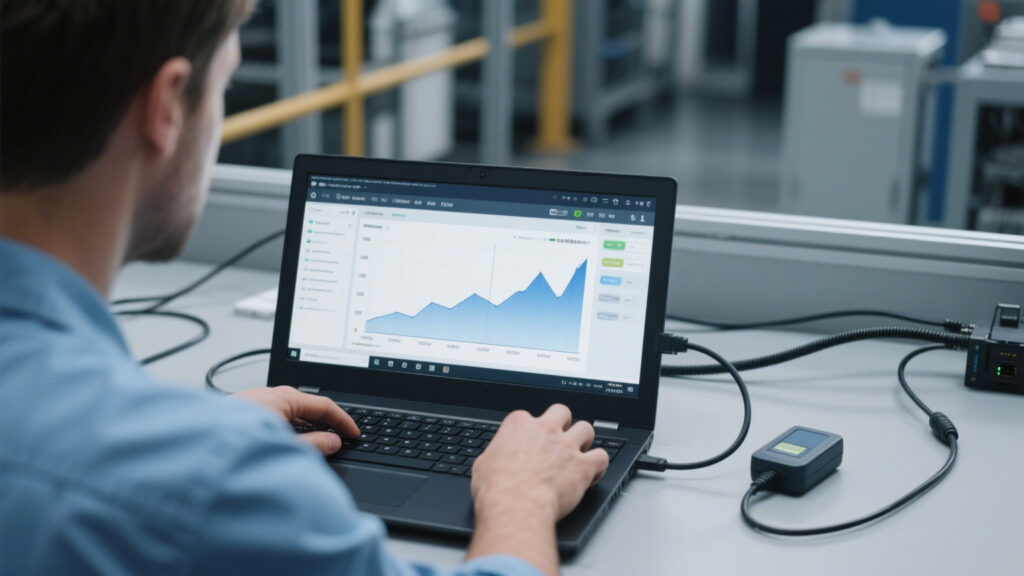
Reality Check:
If you think specs alone will save you, you haven’t tried reading tags in an 11°C warehouse. Selecting a USB UHF RFID reader is not just about checking datasheets—it requires a mindset ready for “pitfalls” and strong onsite debugging skills to achieve reliable performance in real-world conditions.
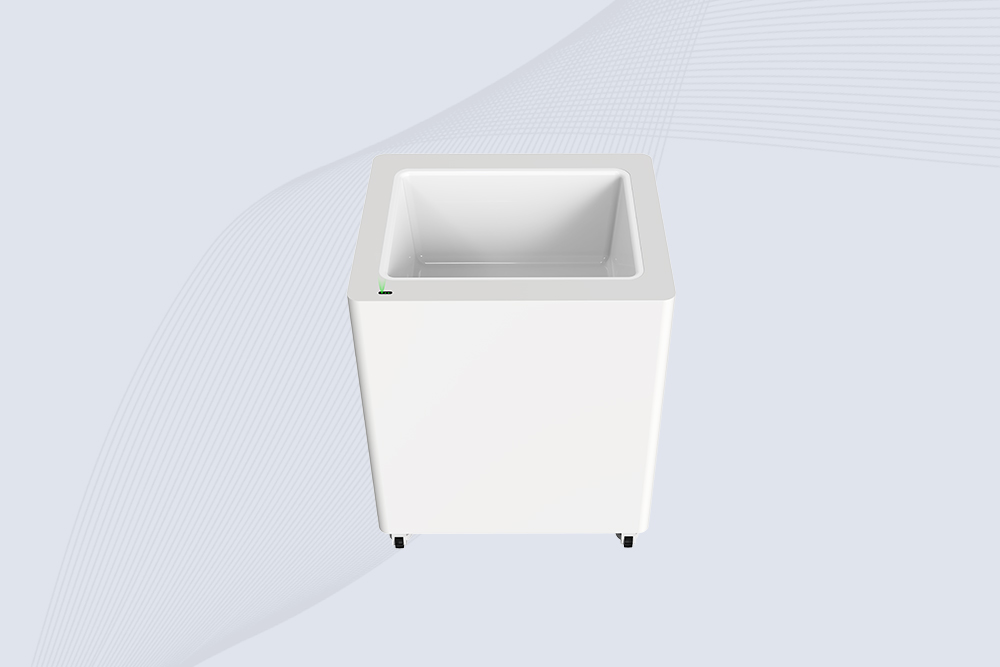
Cykeo’s CK-D8C UHF RFID gate reader achieves 200-tag/batch scanning with adjustable power control, ideal for retail inventory and smart warehouse management.
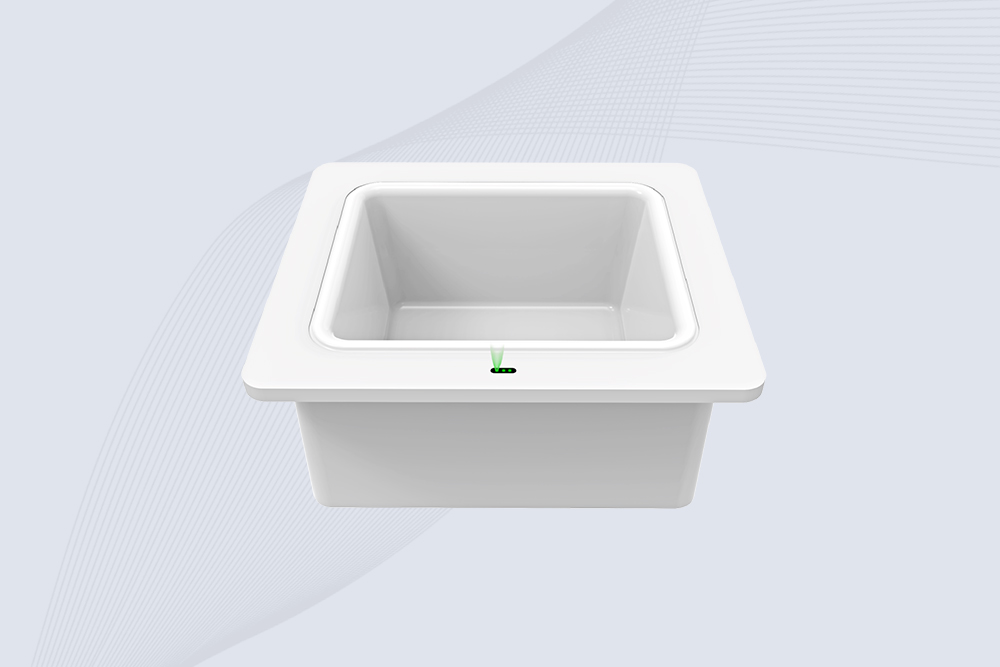
Cykeo CK-D8B UHF RFID tunnel features 30+ items batch reading,
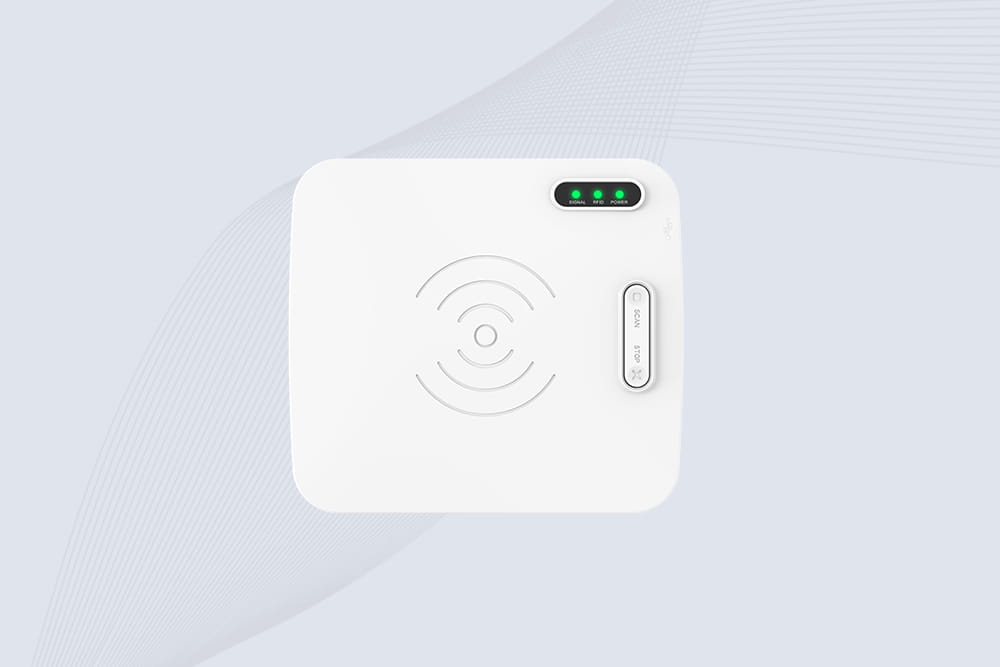
The CYKEO CK-D1L rfid scanner usb delivers fast UHF tag encoding, stable desktop performance, and cross-platform compatibility. Ideal for printing stations, verification desks, and manufacturing QC.

Cykeo CK-D1L USB RFID reader features 10cm precision writing, ISO 18000-6C compliance, and USB 3.0 connectivity for retail/library/event management. Includes batch encoding software and SDK.
RFID Gate Opener System offering convenient, secure, and efficient solution for wide range of applications
MoreCykeo hosted UAE industry leaders to demonstrate RFID solutions for supply chain optimization, smart retail, and sustainable cities. Explore how our partnership drives operational efficiency.
MoreDiscover how RFID systems work, from tags and readers to data processing. Learn about RFID components, communication, and Cykeo’s role in scalable solutions.
MoreRFID providers play crucial role in the application and promotion of this technology, offering comprehensive solutions that range from hardware to software.
More